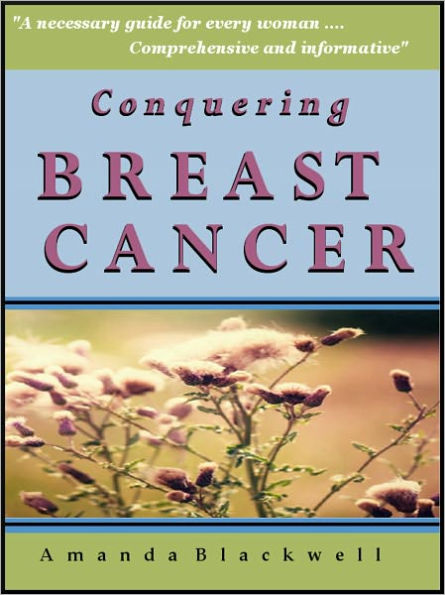Breast cancer is a disease in which certain cells in the breast become abnormal and multiply without control or order to form a tumor. The most common form of breast cancer begins in cells lining the ducts that carry milk to the nipple (ductal cancer). Other forms of breast cancer begin in the glands that produce milk (lobular cancer) or in other parts of the breast.
Early breast cancer usually does not cause pain and may exhibit no noticeable symptoms. As the cancer progresses, signs and symptoms can include a lump or thickening in or near the breast; a change in the size or shape of the breast; nipple discharge, tenderness, or retraction (turning inward); and skin irritation, dimpling, or scaliness. These changes can occur as part of many different conditions, however. Having one or more of these symptoms does not mean that a person definitely has breast cancer.
In some cases, cancerous tumors can invade surrounding tissue and spread to other parts of the body. If breast cancer spreads, cancerous cells most often appear in the bones, liver, lungs, or brain. Tumors that begin at one site and then spread to other areas of the body are called metastatic cancers.
A small percentage of all breast cancers cluster in families. Hereditary cancers are those associated with inherited gene mutations. Hereditary breast cancers tend to occur earlier in life than noninherited (sporadic) cases and are more likely to involve both breasts.
Researchers estimate that more than 178,000 new cases of invasive breast cancer will be diagnosed in U.S. women in 2007. Most breast cancers occur in women, but they can also develop in men. Scientists estimate that more than 2,000 new cases of breast cancer will be diagnosed in men in 2007.
An estimated 5 percent to 10 percent of all breast cancers are hereditary. Particular mutations in genes associated with breast cancer are more common among certain geographic or ethnic groups, such as people of Ashkenazi (central or eastern European) Jewish heritage and people of Norwegian, Icelandic, or Dutch ancestry. Particular genetic changes occur more frequently in these groups because they have a shared ancestry over many generations.



